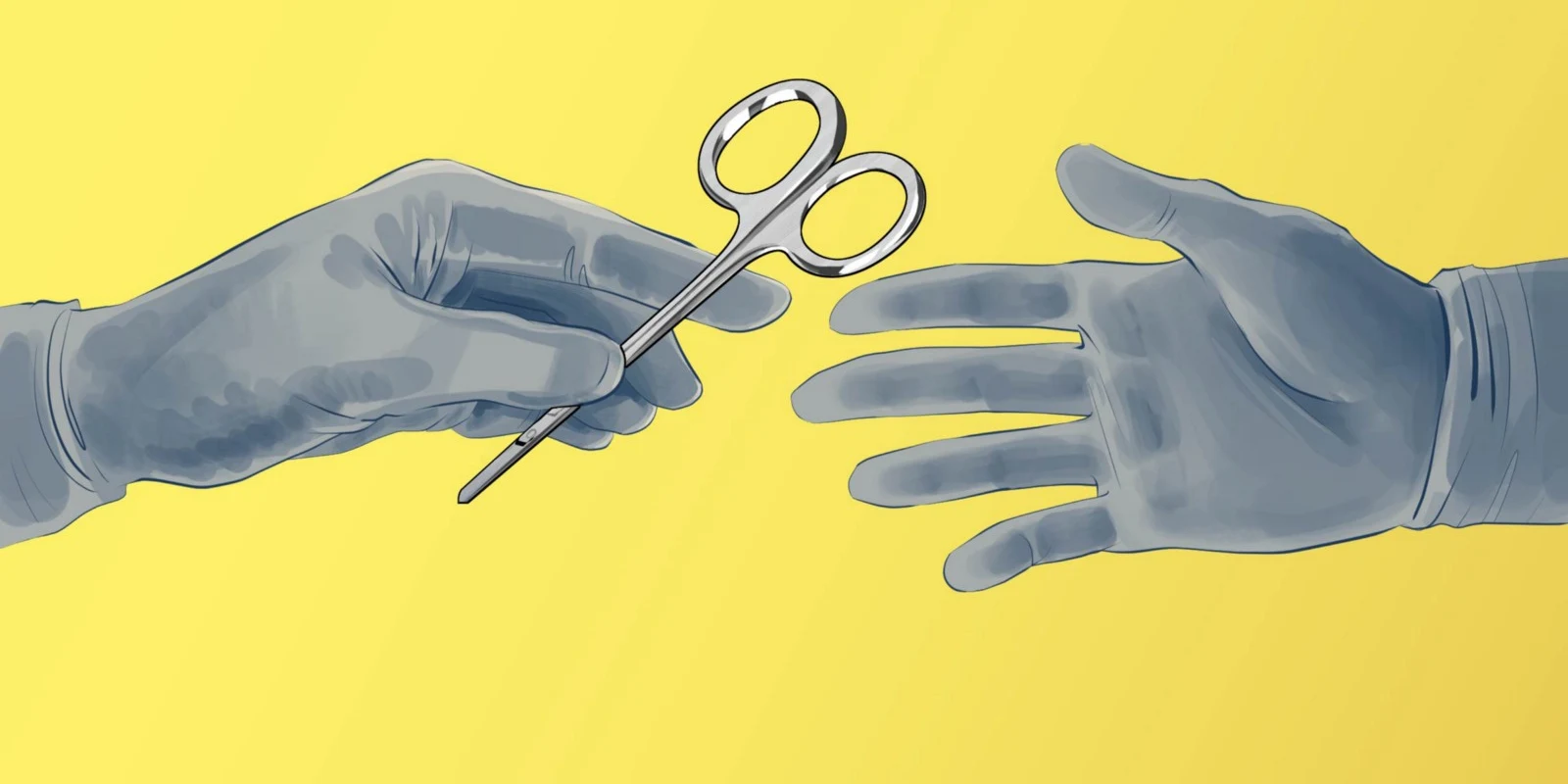
The Society for Clinical Vascular Surgery recently concluded its 46th annual meeting (March 17–March 21). What a whirlwind of information and great time to reconnect with friends and colleagues. We learned of new oral anticoagulants that can simplify treatment of thrombosis and pulmonary embolism. We are intrigued by new stents that promise better outcomes for percutaneous endovascular treatment. When considering aortic endografts, some presentations reminded us of the durability of open surgical repair, even though such treatment takes the largest physiologic toll on the all too fragile patient.
However, our vascular world is headed for a crisis. Our population is aging and riddled with vascular disease. Our new discoveries for medical therapy to control vascular disease is clearly promising but cannot seem to get ahead of this aging problem of atherosclerosis. This meeting was filled with new data about how we, as vascular specialists, must evaluate these new medical treatments, interventional paradigms and open reconstructions. What a great time to be a vascular surgeon! We have the luxury to consider and embrace whatever treatment modality works best for our patients! We can use a new oral anticoagulants for a DVT, or be more aggressive and use mechanical means to clear the clot through a percutaneous access zone in the leg. We can grab the latest drug eluting device, balloon or stent, to salvage a patient’s limb or simply improve their quality of life with better walking. Finally, if the disease is too progressive, we still have the option of an open vascular repair — what a great time to be a vascular surgeon as so many treatment options are available for our craft!
Hold on…vascular disease is winning. Our population ages with a projected 20% of those baby boomers over age 70 having some form of peripheral arterial disease. We as the vascular specialist, trained as vascular surgeons, have the tools, but there is so much disease prevalent in our society that it is difficult to gain access to all the patients. The medical community also abhors a vacuum. Other specialties are moving into the space. Cardiology, radiology, anesthesia, cardiothoracic surgeons, and some general surgeons with limited training in vascular treatment are filling the holes of vascular care. Some of these physicians are skilled and crafty — they can use their tools well. However, some are limited in their scope and ignore the other options that might not have been incorporated in their training. Such a limited scope can sometimes lead to bad outcomes.
We are challenged to train enough vascular surgeons who can jump into our workforce and treat these patients. We are hindered by traditional training pathways of 7 years or more and leave the graduate with debt that often exceeds $150,000. As we work to change our training system, we are burdened with political hurdles by some traditional educators who cherish the few GME dollars to use for their own specialty. We work diligently to expose our craft to the general public and medical students so that all can understand our role in managing the vascular patient. However, when we represent only 10% of the surgery workforce, it remains difficult for others to understand our plight. We embrace our heritage of the surgical skill set, yet we also embrace the entire patient to manage the vascular problems of today. Other disciplines seek to venture into the world of PAD and aortic disease. Some of these competing specialists bring a valuable skill set to deliver catheter-based treatment. However, too often, other specialists work to treat this patient with a limited skill set that biases treatment to a single modality. Often a single treatment works, but equally concerning is the failure from a limited approach. We seek to embrace all providers who want to treat vascular disease, but these specialists should either partner with one who can supplement their skill or gain full understanding of all those treatment options to offer an array of options for their patients. We as surgeon-trained specialists want to unite to treat the vascular patient. This recent SCVS meeting reminded us of the challenge that lays before our medical community to treat the vascular patient with many tools. We simply need more who can offer complete options! There is much to do, but not much time…
Dr. William D. Jordan Jr. is a professor and chief of the Division of Vascular Surgery and Endovascular Therapy at Emory University Hospital.







